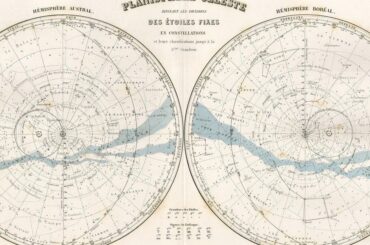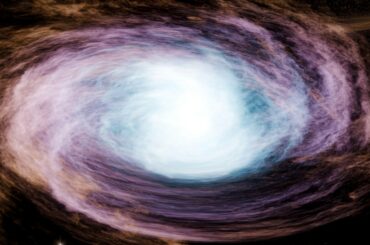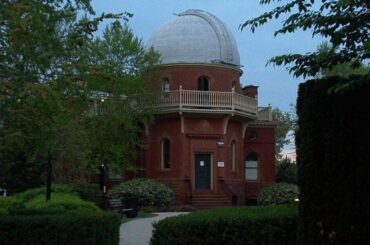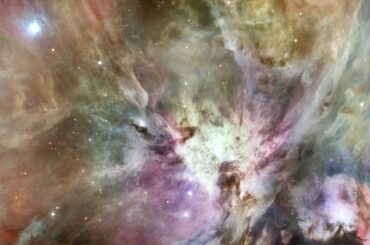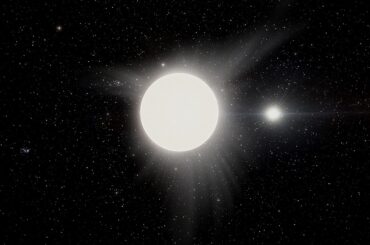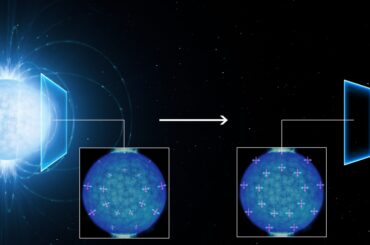Discover 12 incredible facts about Uranus — the icy, sideways-tilted giant of our solar system. This hub highlights surprising details about Uranus’ extreme axial tilt, faint rings, 27+ moons, unusual atmosphere, and exploration history, and links to in-depth articles for each fact, with clear, sourced explanations and vivid visuals.
This comprehensive list of Circumpolar Stars catalogs 32 stars visible year-round, giving constellation, declination, and minimum latitude for visibility. Perfect for amateur astronomers and navigators, the table helps you identify which stars remain above your horizon to plan observing sessions, astrophotography, and star-navigation. Use the data to create star charts and plan night-sky trips.
Uncover 12 essential facts about cosmic dust and its importance across astronomy, planetary science, and climate. This hub article explains how dust forms and moves, its role in star and planet formation, its effects on light and chemistry, and why it matters for space missions and Earth’s environment, with links to deeper posts on each topic.
Explore a complete list of 22 planetariums in Michigan with city locations, addresses, and venue types to help you find the best spots for stargazing and astronomy programs. Whether planning a family outing, school field trip, or solo visit, this guide helps you compare facilities and plan your next visit.
Explore the 10 Most Luminous Objects in the Universe in this illustrated hub post that ranks and explains the brightest phenomena across cosmic scales. From blazing quasars and gamma-ray bursts to titanic supernovae and active galactic nuclei, each entry links to an in-depth article covering what produces their extreme luminosity, observed signatures, and why they matter to astronomy.
Discover a concise list of Observatories in Rhode Island, including locations, telescope apertures, and public access details. Whether you’re a stargazer planning a visit or researching local astronomy resources, this guide highlights three key observatories and how to see them in person.
A comprehensive list of 84 nebulae in the Milky Way, with catalog IDs, nebula types, and distances in light years. Ideal for stargazers, students, and researchers seeking a concise reference to emission, reflection, planetary and dark nebulae across our galaxy.
Explore a curated list of 30 Famous Exoplanets with host star, discovery year, and distance (ly). From historic finds like 51 Pegasi b to nearby neighbors such as Proxima Centauri b, this post provides concise facts and context for the most notable exoplanets — ideal for astronomy fans, students, and educators.
This post explores the Types of Pulsars, comparing young energetic pulsars, recycled millisecond pulsars, and magnetars by typical period, magnetic field strength, and emission band. It provides clear tables and explanations to help students and enthusiasts understand how pulsar properties arise from neutron-star physics and observational methods.
This comprehensive list presents all 101 known Saturn moons, each with discovery year, orbital distance, and diameter. Use the sortable table to compare major moons like Titan and Enceladus, and find historical discovery notes, classification, and links to missions and images — ideal for students, amateur astronomers, and researchers seeking quick reference data on Saturn’s satellite system.


